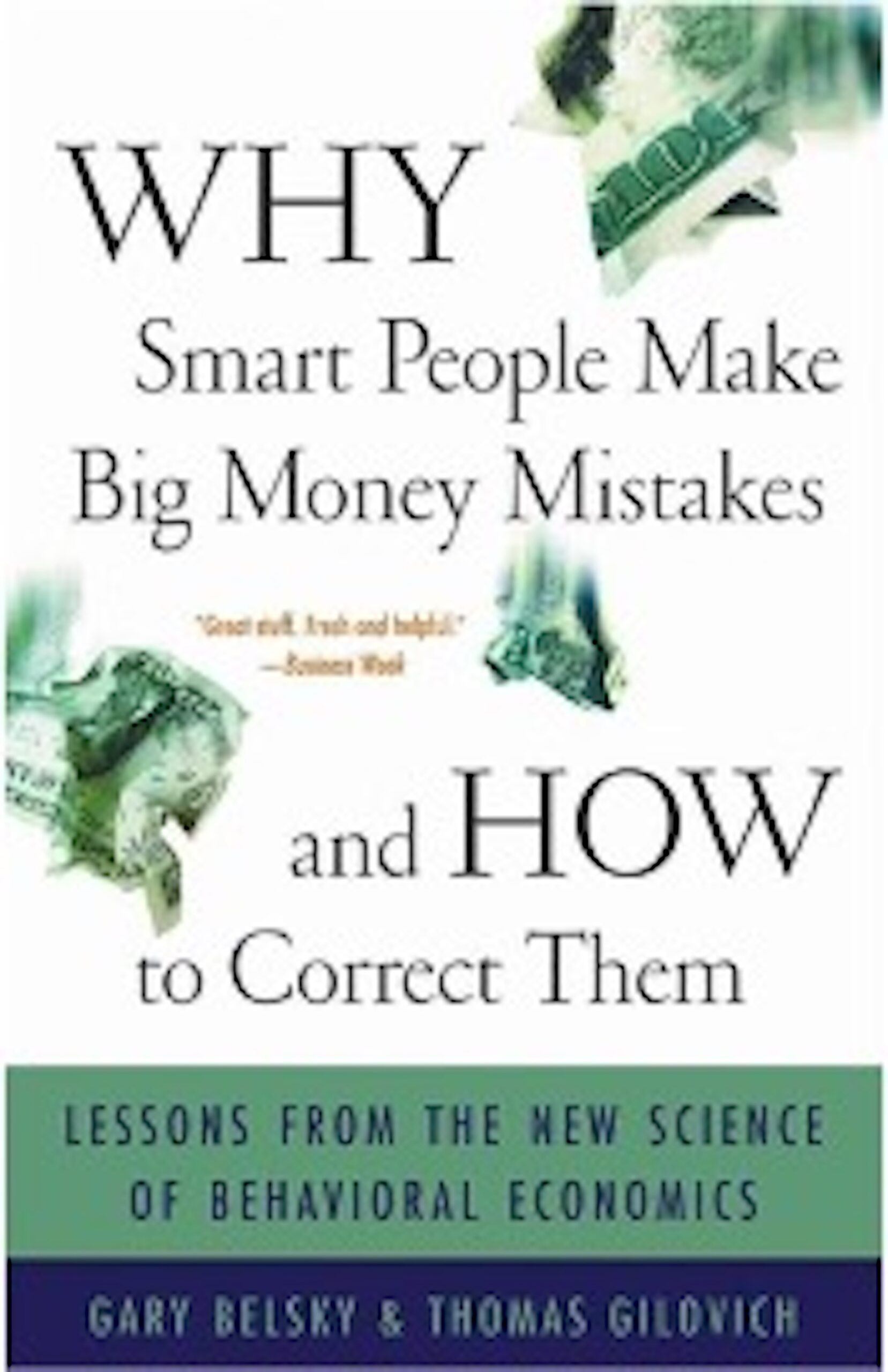How To Invest In Emerging Markets – Part One
What are emerging markets and why they matter
In December 1830, the South Carolina Canal and Rail Road Company opened the first steam-powered railway in the USA.
Over the ensuing decades, the country experienced a fever of speculation in bonds issued by railway companies. It led to the modern dominance of Wall Street in securities markets.
The fever began in London, where, before New York nurtured its own, there were some financiers and brokers experienced in raising money for promising new ventures. They and their clients gorged on the new bonds.
Later, their attention turned to South America, then China, as railway companies proliferated around the world. Properly speaking. Therefore, these investors did not so much discover new markets as a new industry, rather like the internet in the 1990s.
Nonetheless, industry or country, this mini-history shows that it’s like investors always to be seeking the next Best Thing.
In more modern times, they enthused over Japan in the 1960s, then Hong Kong, Malaysia, Singapore, and South Korea. This time, money-people in many other financial centres, not just New York and London, followed them.
Today, the 21st-century investment complex – governments, pension schemes, endowments, insurers, investment managers, funds, private offices, and individuals – follows, analyses, and even invests in emerging markets in South America, Russia, central Europe, South Asia, Africa, and the Middle East.
As an investment category, emerging markets – also called emerging or developing economies – are distinct from developed-country markets, such as the UK, Germany, and the USA, as well as from ‘frontier’ markets, such as Vietnam, Romania, or Mali.
What exactly are the emerging markets?
For professional investors such as pension schemes, endowments, and insurers, emerging markets are mostly limited to the 24 national stock markets that, at the end of September 2018, constituted the MSCI Emerging Markets Index, as follows:
Brazil | Chile | China | Colombia | Czech Republic | Egypt |
Greece | Hungary | India | Indonesia | Korea | Malaysia |
Mexico | Pakistan | Peru | Philippines | Poland | Qatar |
Russia | South Africa | Taiwan | Thailand | Turkey | United Arab Emirates |
The composition of this index is reviewed regularly and changes made in the weight given to each market.
Sometimes, new ones are added: Pakistan was included in 2017; Argentina and Saudi Arabia will join in June of this year.
On what basis are markets selected for this important index, widely followed by institutional investors across the world?
The requirements are too complicated and complex to describe here in detail, but the following five elements are a fair summary.
First, economies represented by emerging markets have below-average annual income per head of population, specifically, less than about $4,000 at present.
Second, they have governments that, to lift national wealth (and thereby please the voters, of course), have embraced the free market, encouraging industrialisation, modernisation, and overall economic development.
Third – and closely linked with the second – emerging economies are developing their democratic institutions, especially their laws and courts.
That helps to manage the divisive social change that can bedevil nations with an agrarian or other traditional past as they develop economically and politically.
Fourth, these economies are hungry for the development capital that their limited domestic wealth cannot supply.
So, their markets are open to foreign investors, who must be assured they can repatriate their capital without difficulty.
These four characteristics lead to the fifth, which is above-average economic growth and, therefore, the prospect of above-average capital gain on one’s investment.
In short, emerging markets are like smaller companies, in that, so long as they are willing, ready, and able to grow, their growth has a much more significant impact on investment returns than is the case for developed markets.
How emerging markets have grown
However, the real importance of these ambitious nations is not just the wealth they can create for investors.
Those riches are the result of the much greater effects emerging economies have on the financial health of the world as a whole.
To maintain their historical success in lifting the world’s poorer nations out of their misery – for their very survival – capitalism and its necessary companion, democracy, must create growth.

That requires investment in the means of growth, i.e., production.
That, too, cannot stand alone. To raise people’s incomes, goods and services produced must be sold to consumers.
The revenue from consumption then provides two benefits. First is profit, which provides capital for further investment in production. Second come wages, which fuel greater consumption.
This summary paraphrases the Harrod-Domar Model, describing the cycle of investment, production, income, and consumption that powers the capitalist world.
To keep turning, to continue producing ever more wealth, it requires a steady stream of new consumption.
That’s where emerging economies become not just important, but crucial.
The developed nations can no longer raise consumption fast enough to maintain full employment and enjoy diversified, stable, economies.
They are too large and too rich for yet further consumption to make a big enough difference.
Why emerging markets have become so important to investors
This has been increasingly true for several decades. The chart shows that, up to the mid- 1980s, economic growth in North America, i.e., the USA and Canada, reached as high as 7% during stable periods, with 5% being a more typical figure.
Since the millennium, progress has faltered, and 2-2.5% has become the norm.

The developed world is running out of consumers and badly needs new markets.
Although there are still some emerging economies not rich enough for their workers to afford much beyond the essentials, others have been developing so rapidly that the poorer nations now form the minority of the group.
Countries like Brazil, Russia, India, and China – the BRICs, currently the biggest emerging markets – have been increasing imports of manufactured goods to satisfy a growing appetite for TVs, smartphones, cars, and the other trappings of 21st-century living.
Most of the other 20 emerging economies, especially in Asia, are on the same path.
In short, emerging markets are the potential saviours of capitalism, democracy, and world stability. So investment in them may be not only financially astute but also necessary.
The second part of this guide will outline the ways and means, but also the risks and rewards, of that investment.
Paul Connolly
Paul Connolly has been a journalist for more than 20 years, as a reporter and editor for Argus Media, Reuters, The Times, Associated Newspapers and The Guardian. He has covered Islamic Finance for Reuters in the 1990s. Paul has since helped launch three newspapers, as well as reported from Tokyo, Los Angeles and Stockholm.





